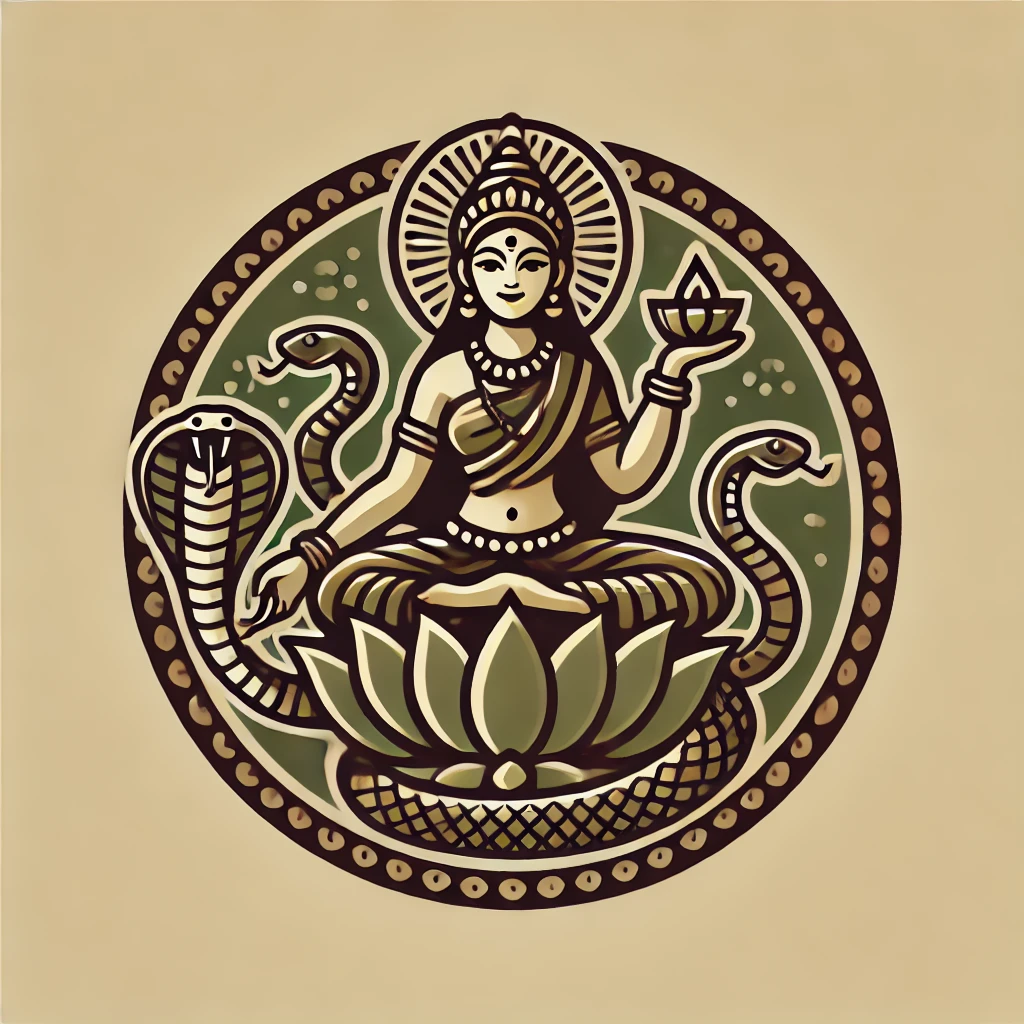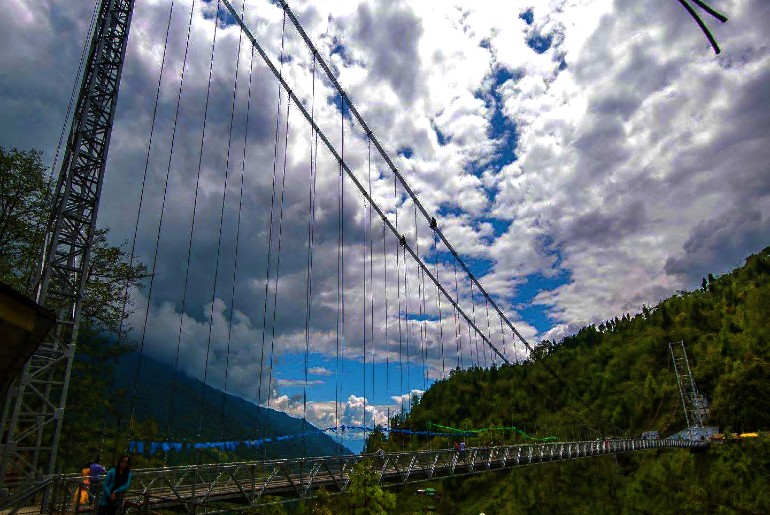Rinchenpong is a town in Gyalshing district, India. It is situated in West Sikkim, about 123 km west of Gangtok, 47 km due south of Gyalshing, close to the village of Kaluk. It sits at an altitude of 5576 feet. It is known for the Reesum Monastery and trekking routes
Rinchenpong, a quaint and picturesque village in the West Sikkim district of India, is known for its tranquil atmosphere, rich history, and stunning views of the Himalayan mountain range. It is a hidden gem for travelers seeking peace, nature, and cultural experiences away from the hustle and bustle of larger towns.
1. Geographical Location
- Location: Rinchenpong is located at an altitude of around 1,700 meters (5,577 feet) above sea level in the foothills of the Himalayas.
- Coordinates: 27.23° N, 88.25° E
- Distance from Key Towns:
- Pelling: About 40 km
- Gangtok (capital of Sikkim): Approximately 120 km
- NJP (New Jalpaiguri): About 130 km
- Bagdogra Airport: 135 km
2. Historical and Cultural Significance
- Colonial History: Rinchenpong has an intriguing history connected to the British colonial era. One of its historical highlights is the old British Bungalow, built in the late 1800s. The bungalow is now a tourist attraction, known for its heritage and views of the Himalayan peaks.
- Anti-British History: Local legends claim that Rinchenpong played a role in resisting British colonization. It is said that the people of Rinchenpong once poisoned a local water source when British forces attempted to enter the area, resulting in heavy casualties and forcing the British to retreat.
- Traditional Sikkimese Culture: The village reflects the traditional lifestyle and customs of the Lepcha and Bhutia communities. Visitors can experience the region’s authentic rural charm and interact with locals who have preserved their age-old traditions.
3. Natural Beauty
- Panoramic Views of the Himalayas: Rinchenpong is famous for its breathtaking views of the Kangchenjunga range. On clear days, the snow-capped peaks are vividly visible, creating a dramatic and awe-inspiring backdrop.
- Lush Forests: The village is surrounded by dense forests of oak, pine, and rhododendron. The natural greenery and tranquil environment make Rinchenpong a great place for leisurely walks and hikes.
- Sunset Point: One of the most famous attractions is the Rinchenpong Sunset Point, which offers spectacular views of the sunset over the mountains. The vantage point provides an unforgettable experience for photographers and nature lovers.
4. Tourist Attractions
- Rinchenpong Monastery (Rinchen Choling Monastery): One of the most significant monasteries in the region, it is believed to have been built in the 18th century. The monastery is known for its traditional Sikkimese architecture and vibrant murals depicting Buddhist deities and stories.
- Resum Monastery: Located a short distance from the village, this monastery is nestled on a ridge and offers sweeping views of the surrounding valley and hills. It is a peaceful retreat for those seeking spiritual solace.
- Poison Lake: The lake, locally known as Bikh Pokhri, is said to have been poisoned by the locals to deter British forces. While it is small, it is a reminder of the area’s historical resistance to colonial powers.
- Heritage British Bungalow: A well-preserved colonial-era bungalow that offers a glimpse into British history in the region. The bungalow is surrounded by a beautiful garden and is a popular spot for tourists seeking a piece of Sikkim’s colonial past.
- Trekking Trails: Rinchenpong is a gateway to various trekking routes in West Sikkim. Trails lead through scenic forests, past traditional villages, and towards viewpoints overlooking the Himalayan range. Popular trekking destinations include Kaluk and Sangachoeling Monastery.
5. Adventure and Activities
- Trekking and Hiking: The area is known for its moderate treks and hiking opportunities. Trails around Rinchenpong lead through terraced fields, dense forests, and picturesque villages, making it an ideal destination for nature lovers and adventure enthusiasts.
- Birdwatching: Rinchenpong is also a haven for birdwatchers, with many migratory and local birds inhabiting the forests and valleys. Bird species like Himalayan bulbul, hill myna, and blue whistling thrush can often be spotted.
- Village Walks: Visitors can explore the village and nearby areas on foot, experiencing the local culture, traditional houses, and agriculture. Rinchenpong is known for its terraced farmlands, where crops like maize, millet, and organic vegetables are cultivated.
6. Cultural Experience
- Local Festivals: Being home to the Lepcha and Bhutia communities, Rinchenpong celebrates various cultural and religious festivals. These include Losar (Tibetan New Year), Losoong (Sikkimese New Year), and other Buddhist ceremonies at the local monasteries.
- Traditional Handicrafts: Rinchenpong and the surrounding areas are known for producing traditional Sikkimese handicrafts, including textiles, carpets, and wood carvings. Tourists can buy these local products as souvenirs.
- Homestays: Staying in homestays with local families offers a unique way to immerse yourself in the culture of the area. Visitors can enjoy traditional Sikkimese food and experience the warm hospitality of the local people.
7. Best Time to Visit
- Spring (March to May): The weather is pleasant during this time, with blooming flowers and clear skies offering beautiful views of the Himalayas. This is a great time for trekking and photography.
- Autumn (September to November): Post-monsoon months provide clear visibility of the mountain peaks, and the surrounding forests are lush and green. It’s the ideal season for outdoor activities like trekking and nature walks.
- Winter (December to February): The winters are cold but offer stunning views of snow-capped peaks. Visitors looking for a quiet, peaceful time and clear skies can enjoy Rinchenpong during winter, though some trekking routes may be inaccessible due to snow.
- Monsoon (June to August): Monsoons bring heavy rainfall to the region, and while the landscapes become lush, landslides and roadblocks are common, making travel difficult.
8. Nearby Attractions
- Kaluk: A nearby village and another hidden gem in West Sikkim, Kaluk is just a short drive from Rinchenpong. It offers equally stunning views of Mount Kanchenjunga and is a peaceful destination for those looking to avoid crowded tourist spots.
- Pelling: One of Sikkim’s most popular tourist destinations, Pelling is located about 40 km from Rinchenpong. Visitors to Pelling can explore attractions like the Sangachoeling Monastery, Pemayangtse Monastery, and the ruins of the ancient Rabdentse Palace.
- Singshore Bridge: Located about 45 km away, Singshore Bridge is the second-highest suspension bridge in Asia. It’s an architectural marvel and offers amazing views of the valley and surrounding mountains.
- Hee Bermiok: Another nearby village known for its offbeat charm, Hee Bermiok is famous for its traditional architecture and panoramic Himalayan views. It’s a good spot for birdwatching and short treks.
9. How to Reach Rinchenpong
- By Air: The nearest airport is Bagdogra Airport in West Bengal, about 135 km away. From Bagdogra, visitors can hire taxis or use shared jeeps to reach Rinchenpong.
- By Train: The closest major railway station is New Jalpaiguri (NJP), located about 130 km from Rinchenpong. From NJP, taxis or shared jeeps are available to take visitors to the village.
- By Road: Rinchenpong is well-connected by road to towns like Gangtok, Pelling, and NJP. Private taxis and shared jeeps are common means of transport in this region.
10. Accommodation
- Homestays and Guesthouses: Rinchenpong is known for its cozy and welcoming homestays, where visitors can enjoy the warmth of local hospitality and taste authentic Sikkimese cuisine. These homestays offer a more personal and cultural experience than hotels.
- Boutique Hotels: There are a few boutique hotels and eco-resorts in and around Rinchenpong that provide comfortable accommodation with modern amenities while preserving the charm of the natural surroundings.
11. Eco-Tourism and Sustainability
- Eco-Friendly Practices: Rinchenpong promotes eco-tourism, with many homestays and lodges adopting sustainable practices such as rainwater harvesting, solar energy, and organic farming.
- Organic Farming: The region is also known for its organic farming practices, particularly in the cultivation of vegetables and fruits. Visitors can learn about organic farming methods by visiting local farms.
Summary
Rinchenpong is a perfect destination for those looking to explore the tranquil beauty of Sikkim, away from the tourist-heavy areas. Whether it’s trekking through forests, visiting ancient monasteries, enjoying spectacular views of the Himalayas, or experiencing local culture through homestays, Rinchenpong offers an authentic and peaceful Sikkimese experience.

